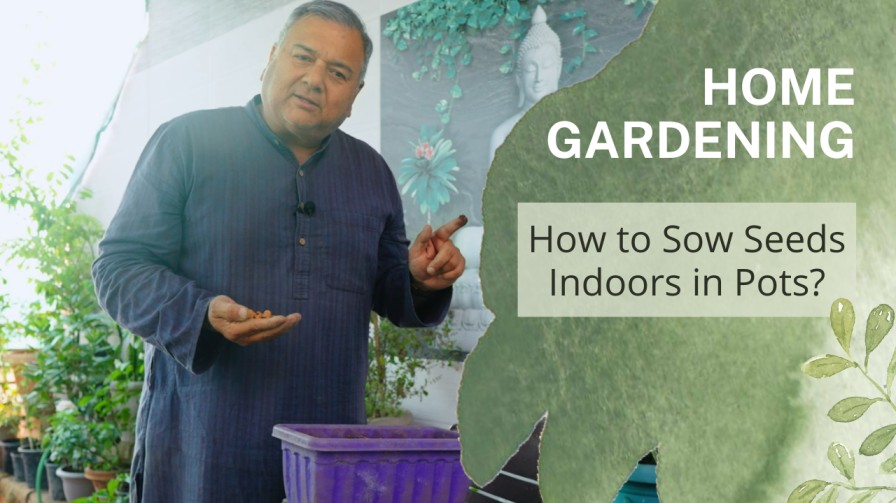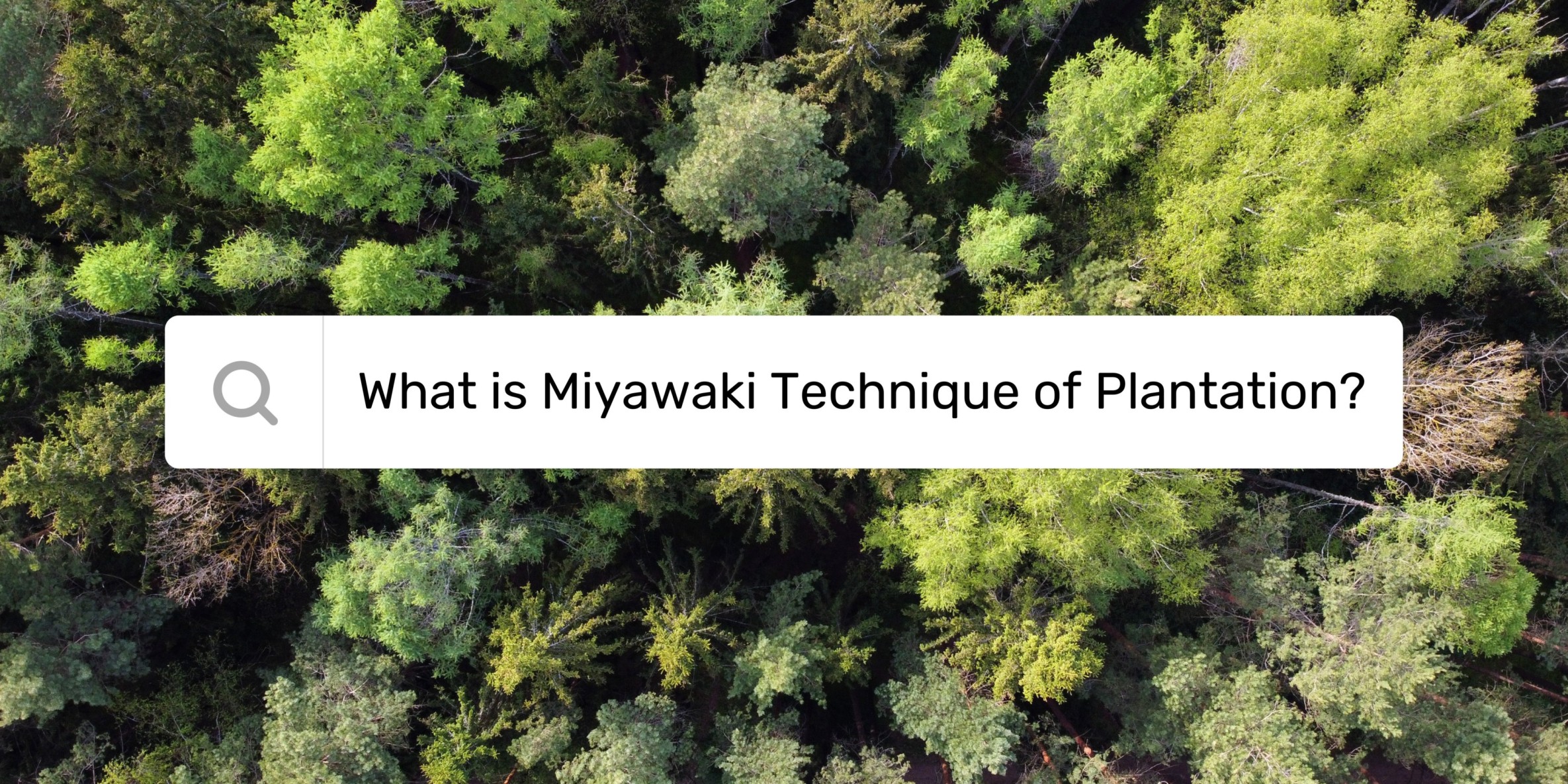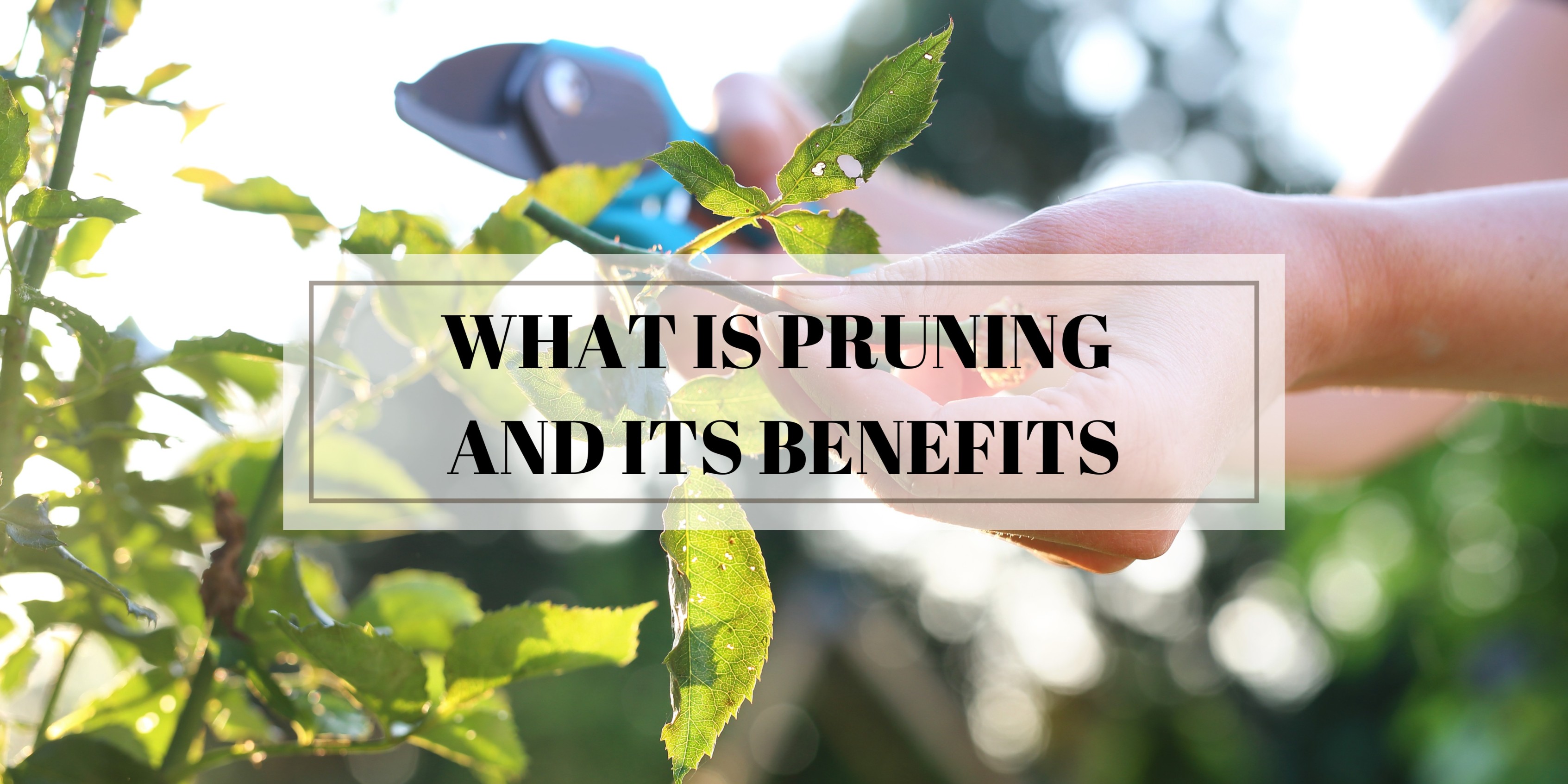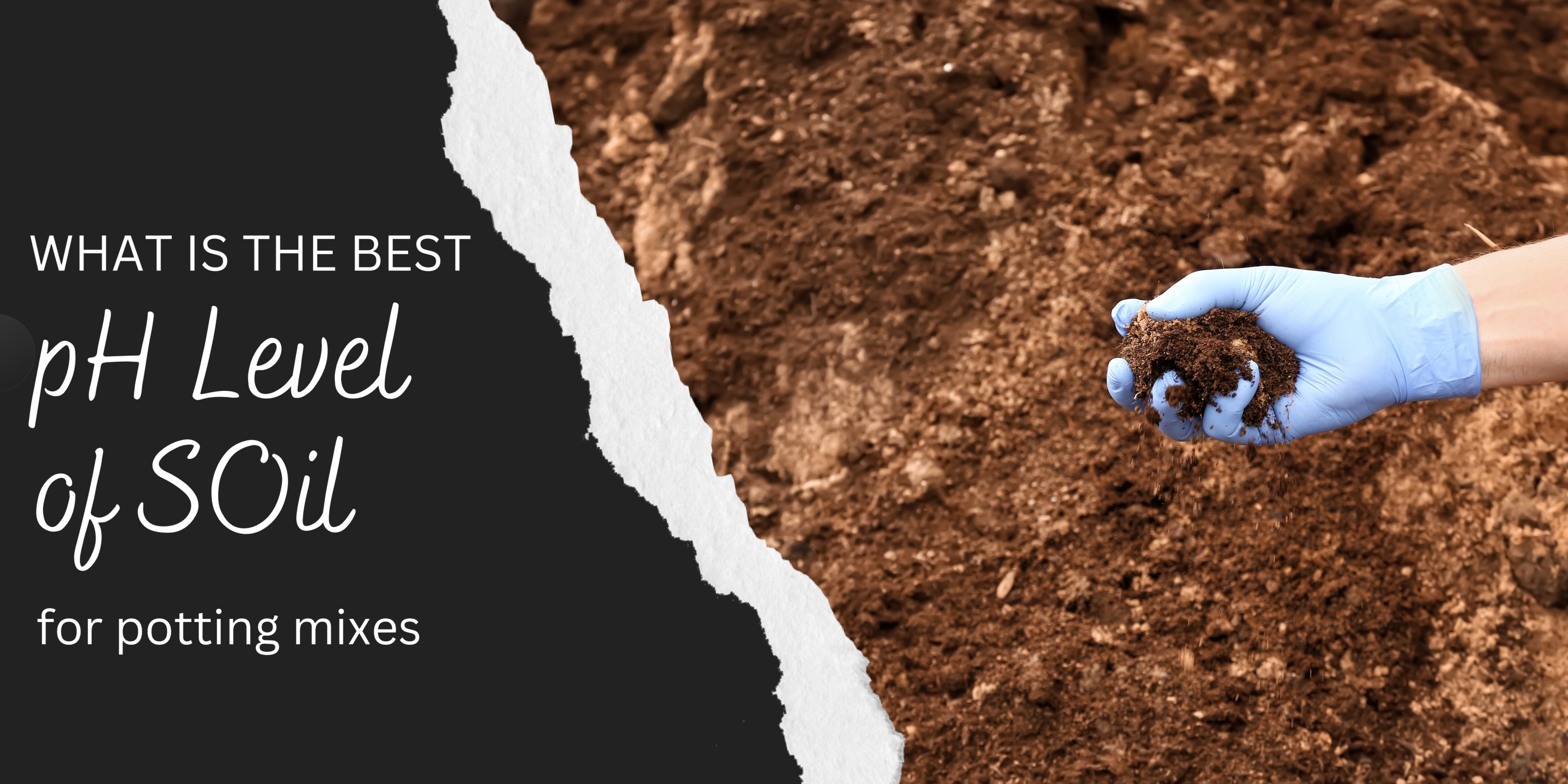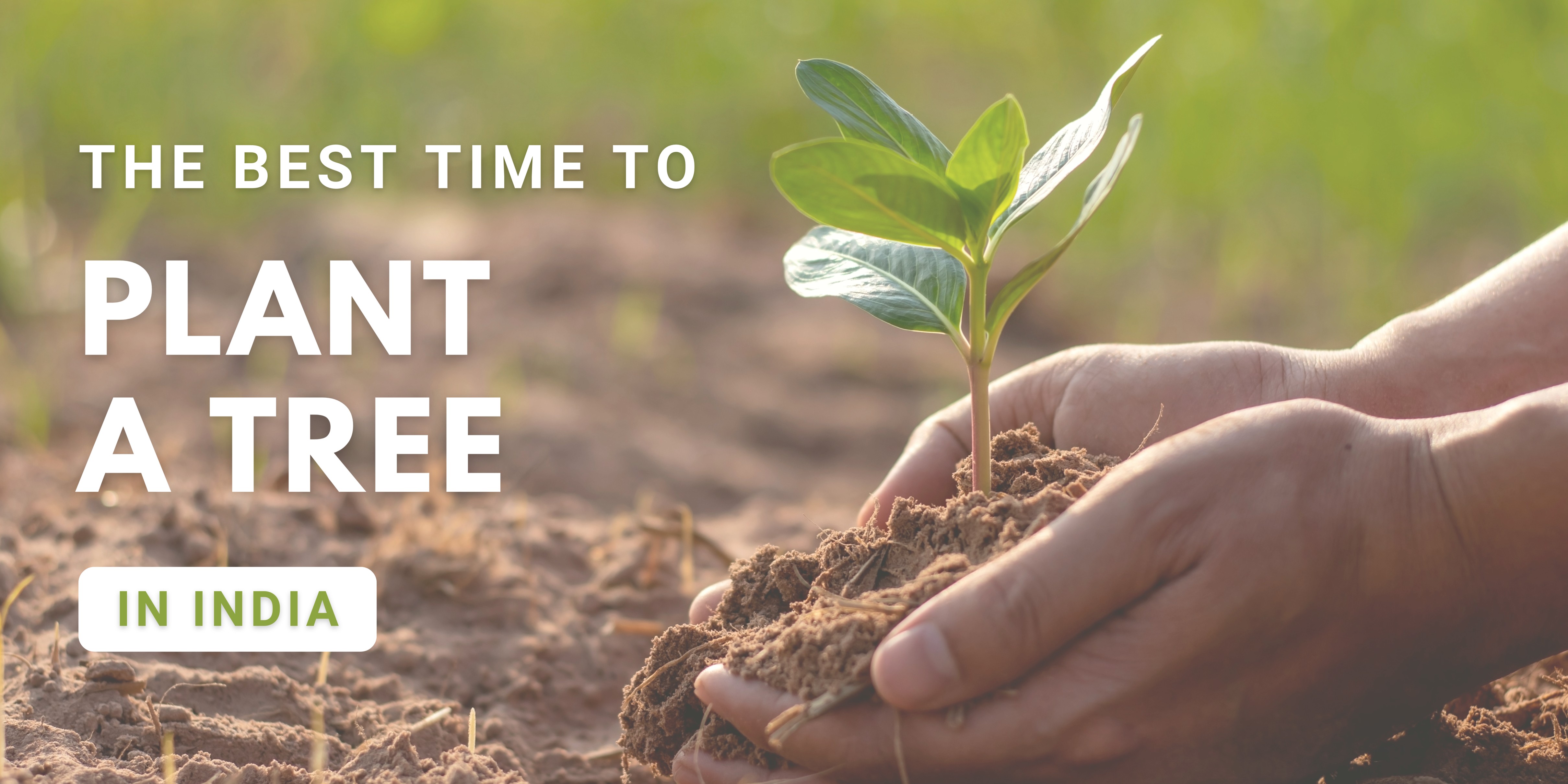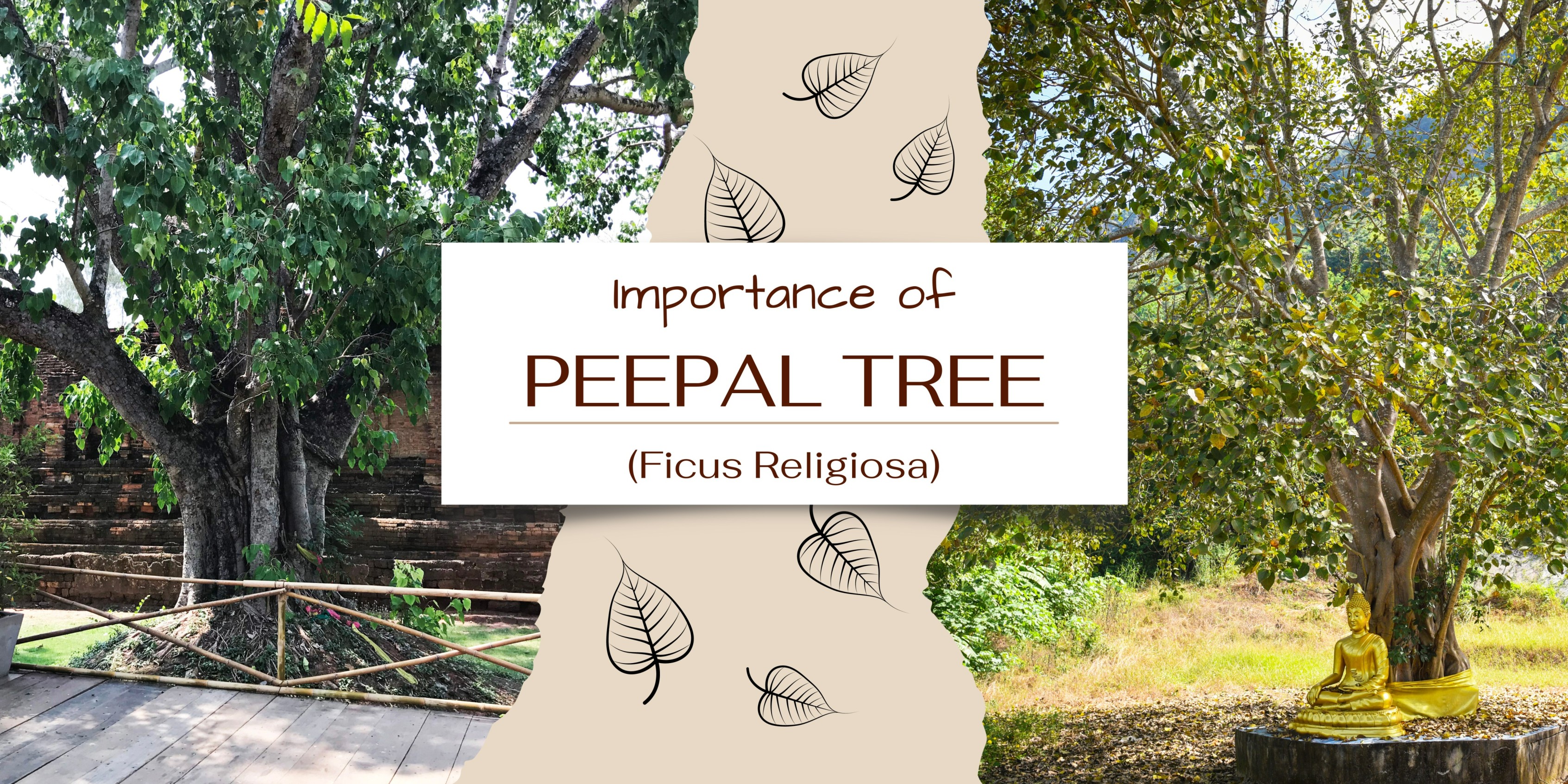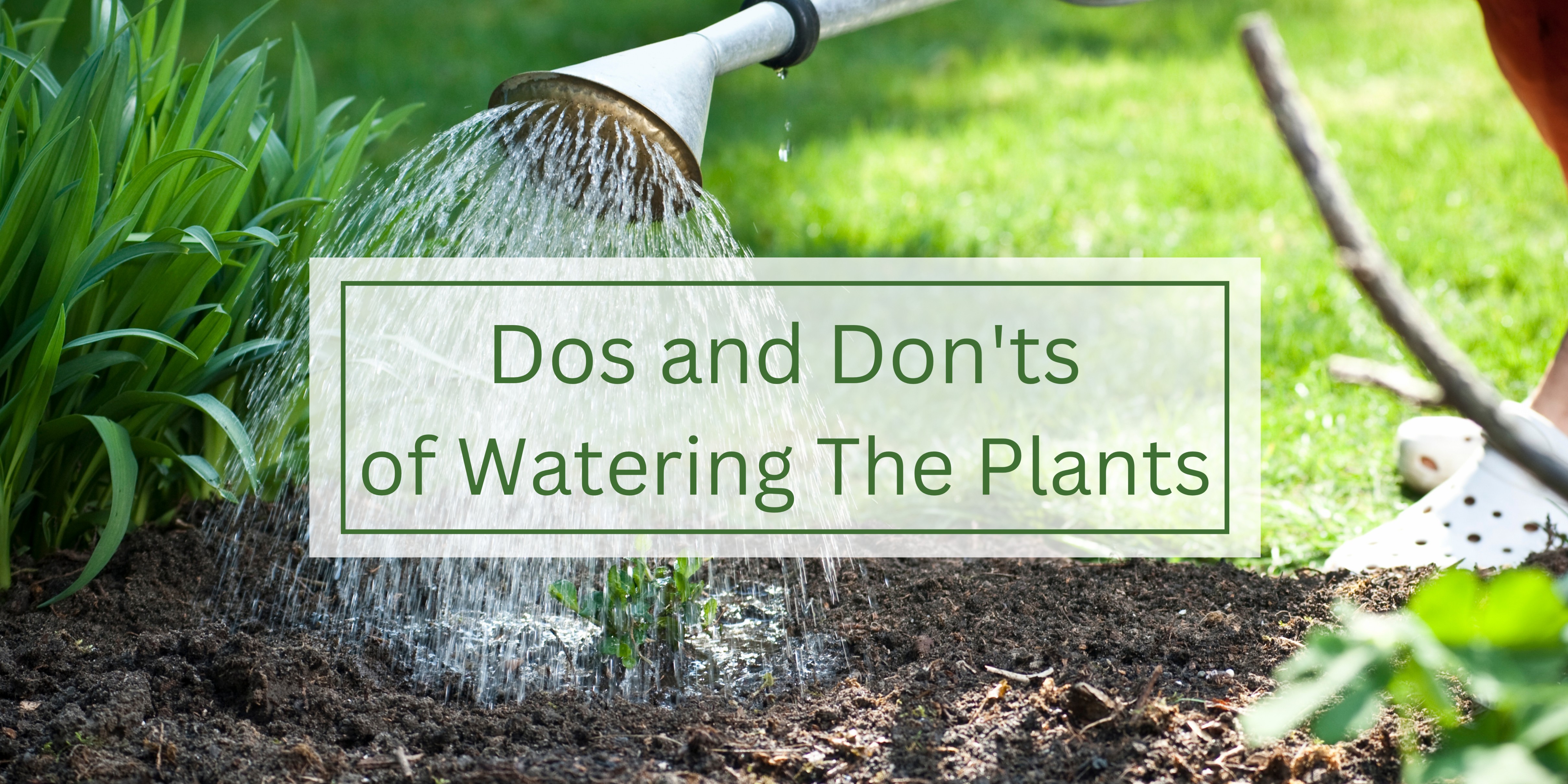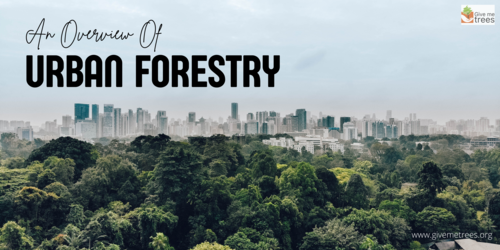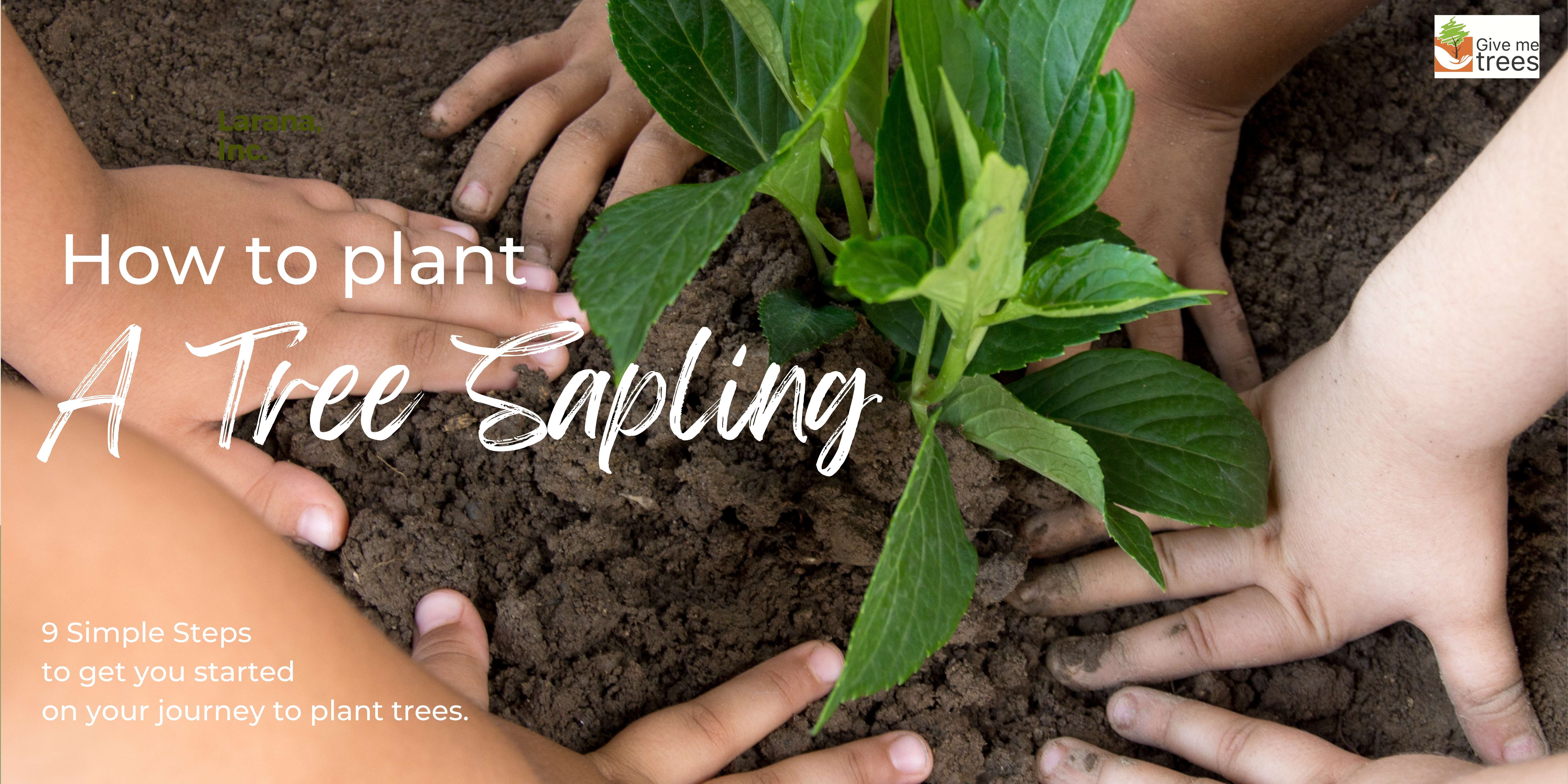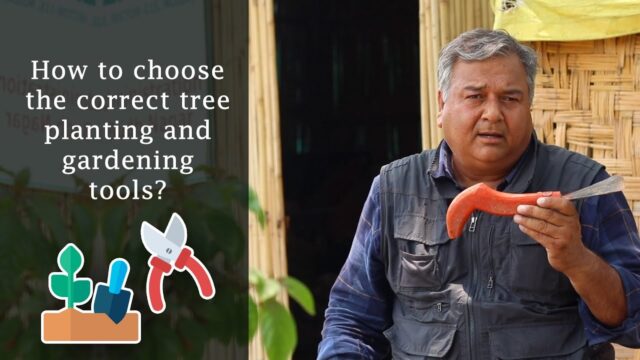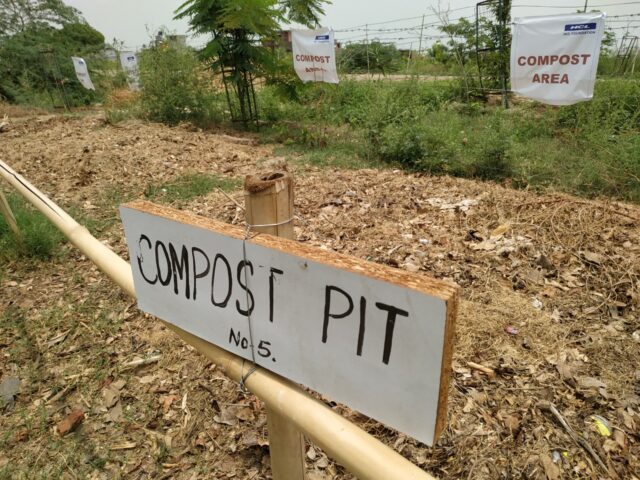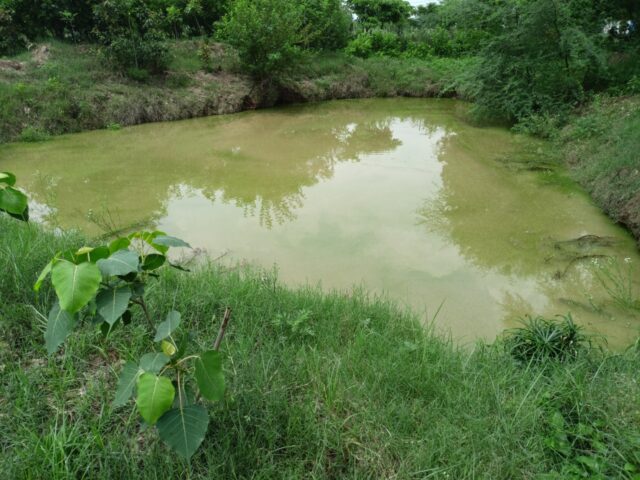
Afforestation is the process of planting trees on a barren land or a place where there was no forest ever. This practice is often used to combat deforestation, which is the loss of trees due to human activities such as logging and land clearance for urbanization. Afforestation is primarily done with the objective of environmental restoration or preservation. Various governments and environmental organizations plant trees on barren lands to increase the tree cover, thereby improving the local environment.
Difference between Afforestation and Reforestation
While afforestation and reforestation are both important for environmental conservation, they are different practices with different goals. Afforestation is about creating new forests in areas that previously didn't have them, while reforestation is about restoring forests that have been damaged or destroyed.
Importance of afforestation
1. Combating climate change: Trees absorb carbon dioxide from the atmosphere, which is a primary greenhouse gas responsible for global warming. By planting more trees, we help to reduce the amount of carbon dioxide in the atmosphere, which helps to slow down the rate of climate change. Afforestation also helps in improving soil quality.
2. Prevents soil erosion: Trees help to bind the soil together, which prevents soil erosion, especially in areas that are prone to heavy rainfall or strong winds. Soil erosion can cause significant damage to the environment and can lead to flash floods and landslides.
3. Promotes biodiversity: Trees provide habitat for a wide variety of animals, birds, and insects, which is essential for maintaining a healthy ecosystem. Biodiversity is essential for the long-term survival of all species, including humans.
4. Provides employment and economic benefits: Additionally, forests are important for recreational activities and can provide economic benefits through the production of timber and other forest products. Afforestation efforts can be led by governments, non-profit organizations, or private individuals, and can range in scale from small community tree-planting events to large-scale reforestation projects.
In conclusion, afforestation is a crucial tool for environmental protection and sustainable development. By planting more trees, we can combat climate change, prevent soil erosion, and promote biodiversity. We all must play our part in afforestation efforts to protect our planet and secure a better future for generations to come.
Types of Afforestation Techniques
1. Natural Regeneration
Afforestation through natural regeneration is the process of restoring forests by allowing nature to take its course. This method involves leaving the land untouched and allowing trees to germinate, grow, and thrive on their own. This can be achieved by removing grazing or farming pressures, managing fire, and protecting existing forests.
This technique can have many benefits, including the restoration of natural habitats for wildlife, the prevention of soil erosion, and the ability to sequester carbon from the atmosphere. Additionally, it can help to increase biodiversity and improve local water quality.
While natural regeneration may take longer than traditional afforestation methods, it is often more cost-effective and sustainable in the long term. By working with nature, we can create healthy and thriving forests that benefit both the environment and local communities.
2. Agroforestry
Agroforestry is a sustainable land use system that integrates trees, crops, and/or livestock on the same plot of land. It is a way of managing land that combines the benefits of agriculture and forestry, resulting in a more diverse, productive, and resilient ecosystem.
Agroforestry systems are designed to mimic the natural forest ecosystem, where trees, shrubs, and other vegetation coexist with animals and other organisms. By integrating trees into agricultural landscapes, agroforestry systems provide a range of environmental, social, and economic benefits. Trees can help to reduce soil erosion, improve soil fertility, provide shade for crops and animals, and produce a range of products such as fruits, nuts, wood, and medicine.
Agroforestry practices vary depending on the local conditions and the goals of the landowner. Some examples of agroforestry systems include alley cropping, where rows of trees are planted in between crops, and silvopasture, where trees are integrated into pastureland. Agroforestry is a promising approach to address the challenges of sustainable land use, food security, and climate change.
3. Sustainable Afforestation
Sustainable afforestation is the practice of establishing forests on lands that do not have any trees. The goal of sustainable afforestation is to create a balance between the environment and economic development. It is a way to combat deforestation and protect the environment while also providing resources for people.
Sustainable afforestation involves careful planning and management to ensure that the newly established forests can thrive and be sustained over time. This includes selecting the right tree species, planting them at the right time, and providing the necessary care and maintenance during the early years of growth.
The benefits of sustainable afforestation are numerous. In addition to providing a source of timber and other forest products, it helps to combat climate change by absorbing carbon dioxide from the atmosphere. It also helps to prevent soil erosion, protect biodiversity, and provide habitat for wildlife.
Overall, sustainable afforestation is an important practice for protecting the environment and promoting economic development. By carefully managing our forests, we can ensure that they provide benefits for generations to come.
Important things to keep in mind while doing afforestation:
1. Choose the right tree species: When selecting tree species for afforestation, it is important to choose native species that are well-suited to the local climate and soil conditions. This will ensure that the trees grow well and provide maximum benefits to the ecosystem.
2. Plant at the right time: Trees should be planted during the rainy season when there is enough moisture in the soil to support their growth. Planting during the dry season can lead to high mortality rates, as the trees will have difficulty establishing themselves.
3. Ensure proper spacing: Trees should be spaced properly to allow for adequate sunlight, water, and nutrients to reach each tree. Overcrowding can lead to stunted growth and increased competition for resources.
4. Provide adequate care: Newly planted trees require regular watering, fertilization, and protection from pests and diseases. It is important to monitor the trees closely and provide the necessary care to ensure their survival and growth.
5. Involve the local community: Afforestation projects are more likely to succeed if the local community is involved in the process. This can include education and awareness programs, as well as providing employment opportunities for residents.
By keeping these important things in mind, afforestation can be a successful and sustainable way to improve the environment and combat climate change.
Liked It? Pin It!
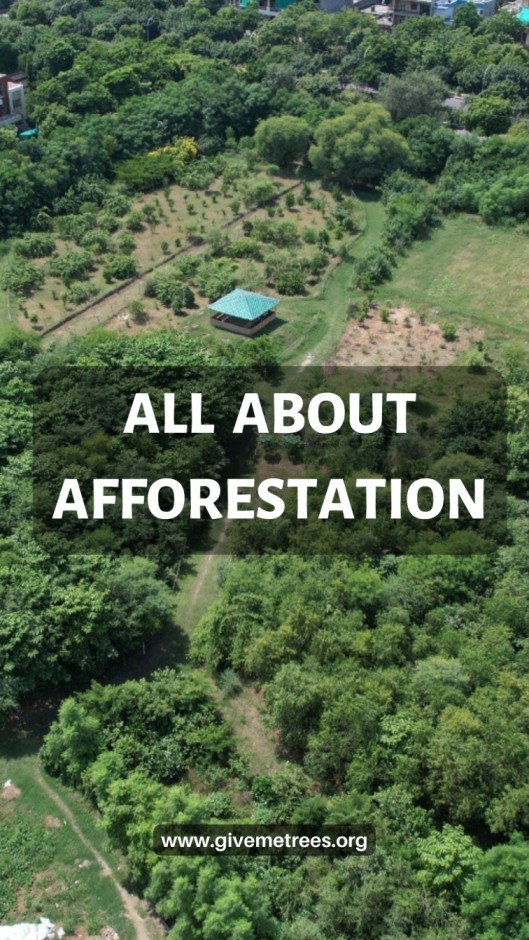
.png)








